These are our favorite traditional Nepali foods we loved eating during our time in Nepal.
Dal Bhat twenty-four hour!
…a well-worn phrase you'll hear throughout the trekking community of Nepal – a nod to the country's National Dish, dal bhat, which will keep your tummy sustained all day long.
Nepal will always have a place in our hearts as one of the most rewarding places we've been to. You simply cannot beat the breathtaking scenery of the Himalayas! We did the Annapurna Trek up to Thorong La Pass (17,769 feet / 5,415 meters) and cannot wait to return for more trekking.

But what made our trip even more rewarding was the hospitality of the Nepali people, and the food! Whilst a dal bhat (lentil, curry, rice) may sound plain, it's actually not! No dal bhat recipe is ever the same – it's a foodgasm of surprises whenever we try a new one. There's also a whole heap of other delicious prizes to tick off your culinary Bucket List, from momos to sel roti, dhido to kheer…
In this article, we've put together the most famous Nepali dishes that we tried, loved, and think that you need to check out!

Advice for LGBTQ travelers to Nepal
Whilst Nepali society is socially conservative, Nepal is one of the most LGBTQ friendly countries in Asia. In 2008, the Supreme Court required the government to pass an array of anti-discrimination laws and recently made steps towards recognizing same-sex unions. Find out more in our interview with Tilak from Kathmandu about gay life in Nepal.
How did traditional Nepali food originate?
Eating out in Nepal is so rewarding. The food of Nepal is delicious and diverse, mostly due to the layout of the region.
While Nepali cuisine takes inspiration from nearby Chinese, Tibetan, and Indian cultures, the country’s borders actually remained closed until the 1950s. It is also said that, during Nepal’s earliest years, they suffered from difficulties with transportation and trading. Basically, since the area was not easy to access, Western influence did not touch the country until recently. This means that a large amount of Nepal’s food is based almost solely on the ethnicity of its people and the overall scope of its climate and geography.
Much of Nepal’s food can be described as hearty and healthy, with tons of unique and exciting flavors that can appeal to any crowd. Most meals depend on the presence of vegetables and lean meats that are provided by local farmers. But be sure to expect tons of spice because we can guarantee these dishes will leave your taste buds dancing!

1. Dal Bhat – rice and lentil soup
It’s true what they say – everything feels better if you can enjoy the simple things. And despite being the staple dish of Nepal, dal bhat may be as simple as food can come!
When translated, “dal” refers to lentil soup, while “bhat” means boiled rice. So, right away, you can understand precisely what you’re going to get! Nepali people eat dal bhat at least once per day but don’t be surprised if you catch them munching away on this scrumptious meal more often. Not only is the dish packed with flavor, but it is also extremely balanced in terms of its nutrients.
One of our personal favorite aspects of dal bhat is the passion that goes into each plate. As you travel through the country, you will quickly learn that no two preparations of dal bhat are the same. However, what does stay consistent is the warmth and joy that spreads through your body as you chow down.
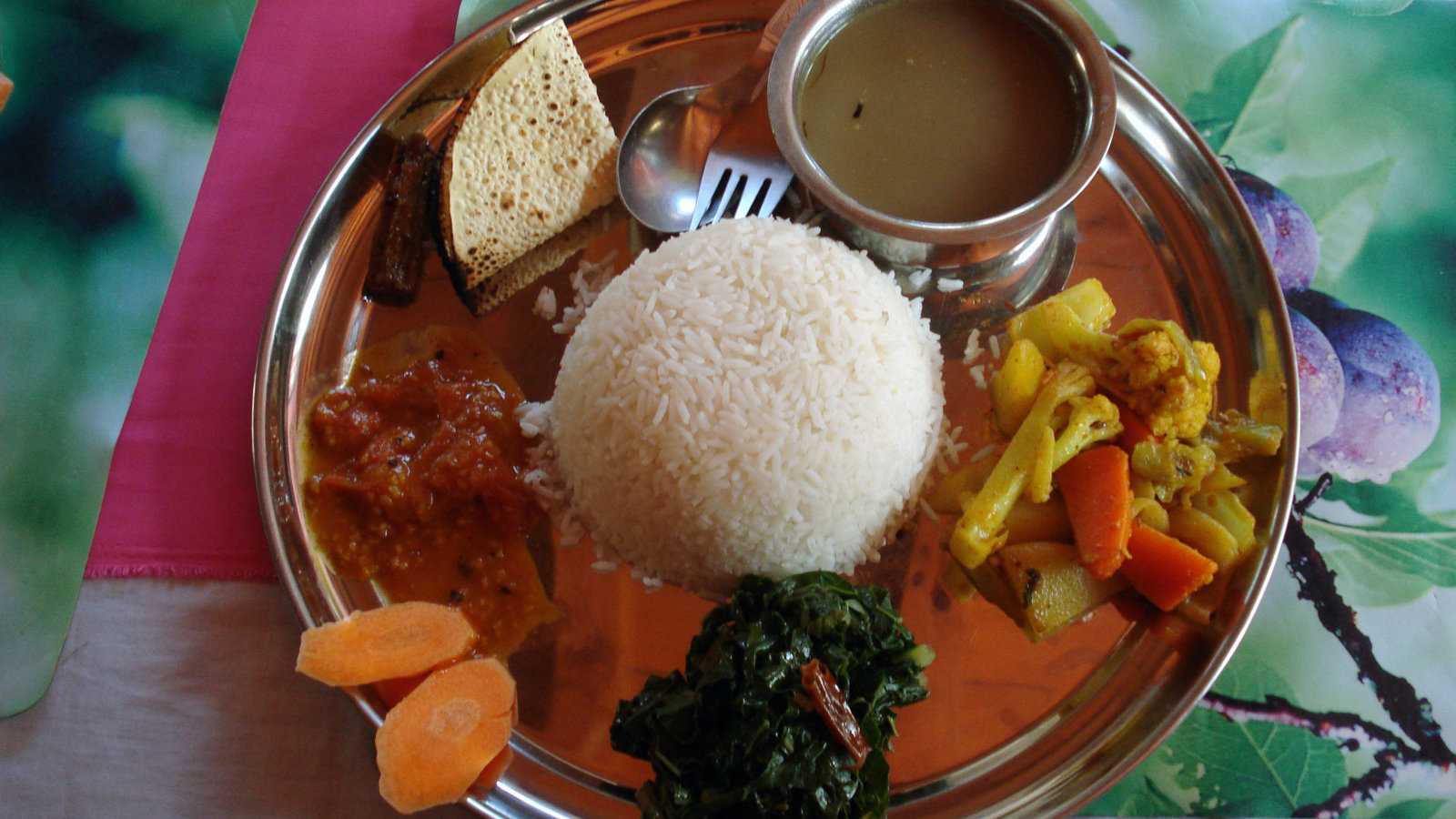
2. Momos – Nepali dumplings
We try our hardest to eat healthily and savor our foods in moderation, but there is one dish that always leaves us wanting more: dumplings!
Now, two things set Nepali dumplings apart from the Chinese delicacies we know and love. The first new aspect is the enormous level of spice contained within each wrapper. Whether the filling consists of mixed cheeses, cured meats, various vegetables, the Indian influence truly comes through in each bite. The second feature that puts these dumplings on another level is their name… Momos! Isn’t that so cute?!
The name comes from the word “mome”, which means to cook by steaming. Despite originating specifically in the Newari region of the Kathmandu valley, all of Nepal has come to appreciate these delectable little treats. And for that, we are forever thankful. Because after spending long days feasting on delicious plates of Nepal's food, we could only say, “Give us some mo’ momos!”
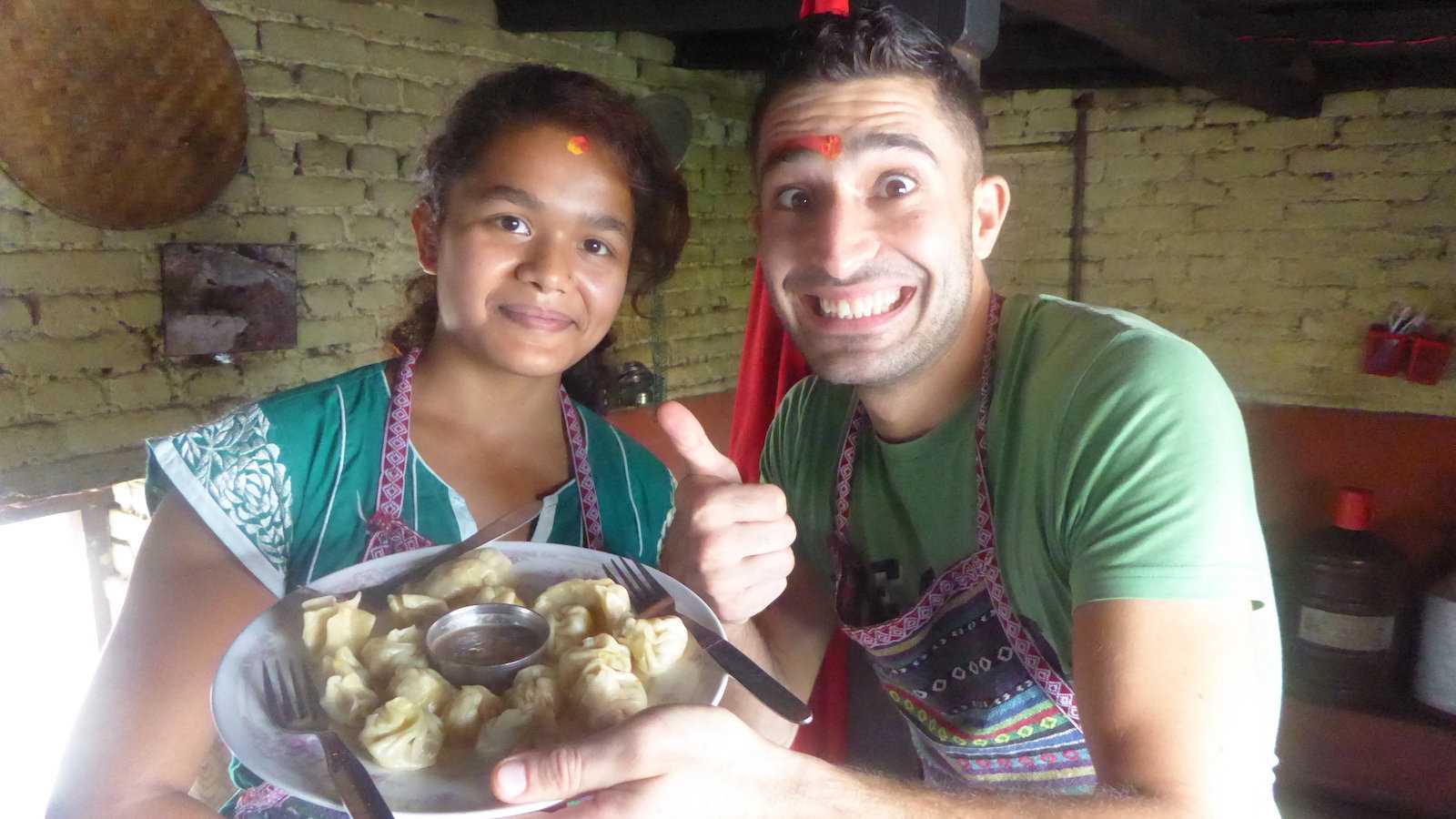
3. Sel Roti – sweet pastry
So, with this food, prepare to have all of your dreams come true. Because, if you’re anything like us, you consistently find yourself debating whether you want to eat a bagel or a donut… And now you don’t have to choose!
If you don’t believe this amazing baked good could possibly exist, just try a sel roti and thank us later. From our perspective, this Nepali bread is unlike any other pastry we have tasted during our extensive travels. We loved waking up early in the morning, strolling to a nearby street vendor, and then devouring all of that sweet, pillowy dough. We especially liked dipping our sel roti in yogurt for some extra tang!
Sel roti is one of those special snacks served up during festivals and celebrations like Tihar and Dashain. That being said, we are so happy that these yummy goodies are also offered year-round so that we could have the pleasure of experiencing them ourselves.
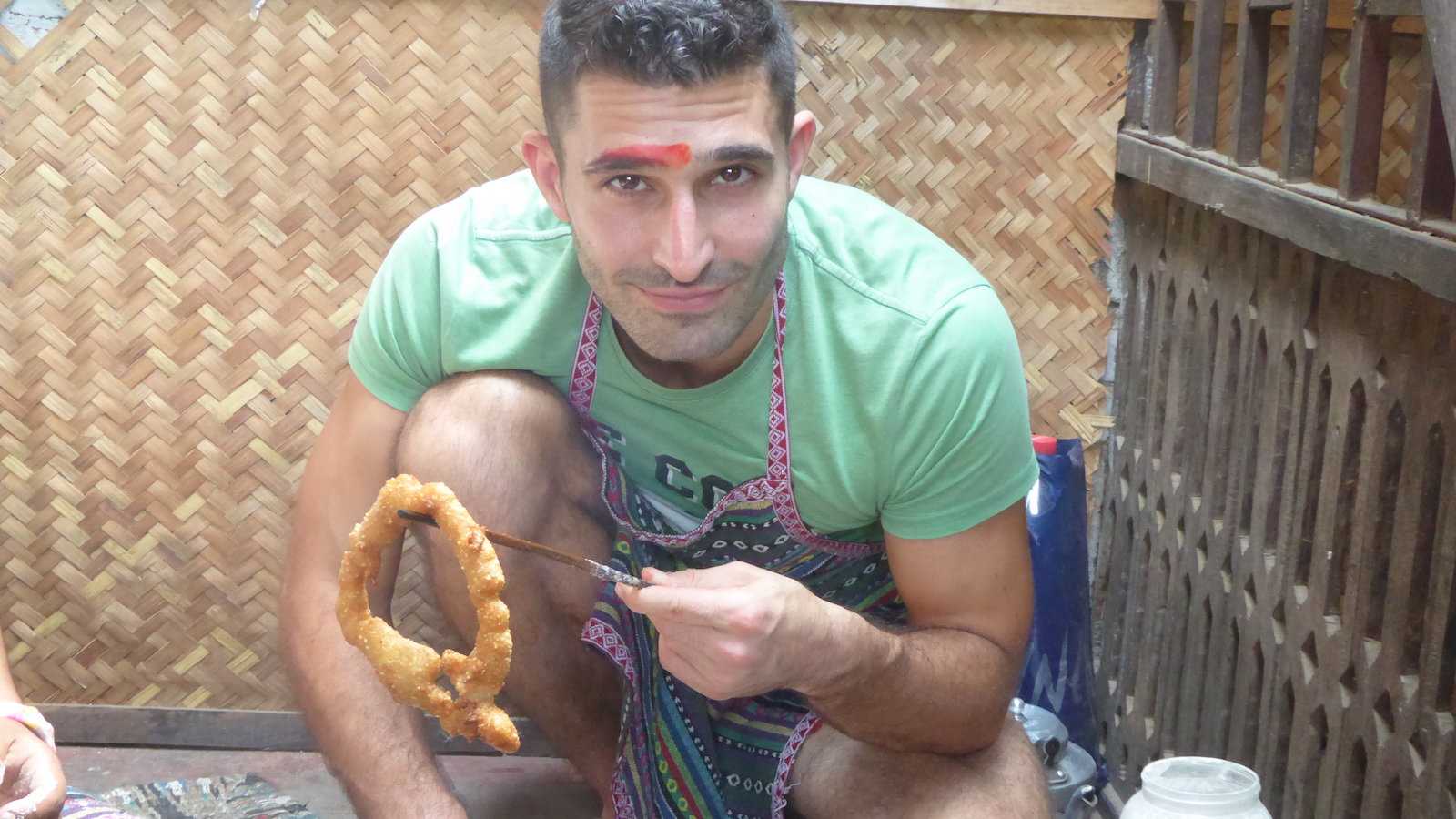
4. Dhido – flour pudding
We all love a comeback story, which is exactly why we all love dhido.
Nepali people once associated this food with low status since it could not compare to the ever-appreciated rice. However, dhido has recently risen to the top and can be found on many restaurant menus. It is currently being praised for its nutritional value and its ability to be filling without feeling too heavy.
With no oil or spices involved, some may believe dhido to be lacking… To which we say, that’s the whole point! We almost think of the dish as a vehicle to get other delicious meals into our mouths. Since dhido is prepared by quickly mixing flour and boiling water, the texture is sticky and malleable. To eat it, grab a small piece, then roll it into a ball between your fingers. From there, dunk that bad boy right into a soup. It’s that effortless!
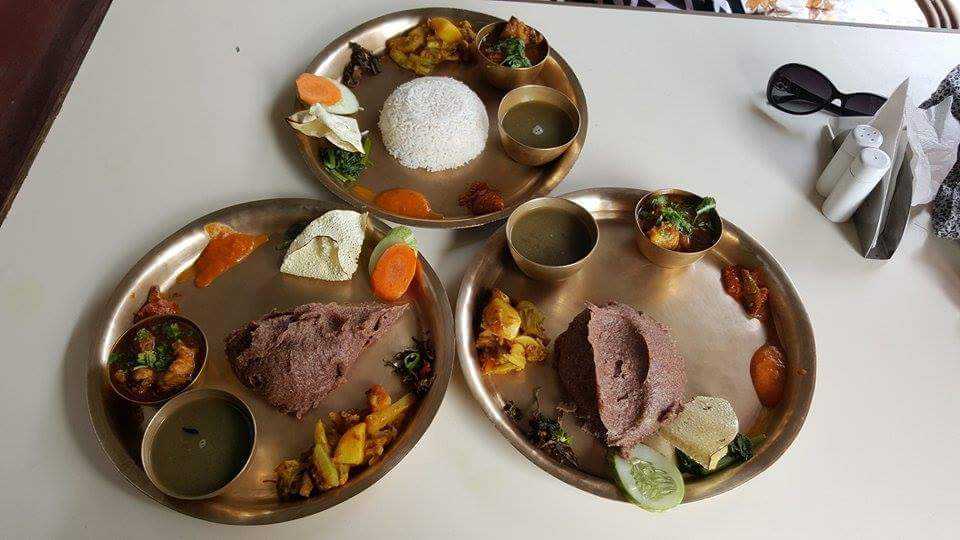
5. Gundruk – fermented vegetable
Anyone else a major fan of fermented foods? We know that it can’t just be us!
There is something fantastic about that uniquely sour flavor that comes with fermenting foods of all kinds. We can’t get enough of that taste, which is why we were so excited to find that Nepal had its own special fermented dish called gundruk. This hearty side dish has become an enormous part of Nepali culture, and it is easy to see how that came to be!
After the harvest season in October and November, locally grown mustard, radish, and cauliflower greens are set to the side to be fermented in a process similar to the preparation of kimchi. We absolutely adore gundruk because most of the production is done in average households, bringing employment to many folks across the country. Our favorite way to eat this food is alongside curry – just to give the dish a zesty kick.
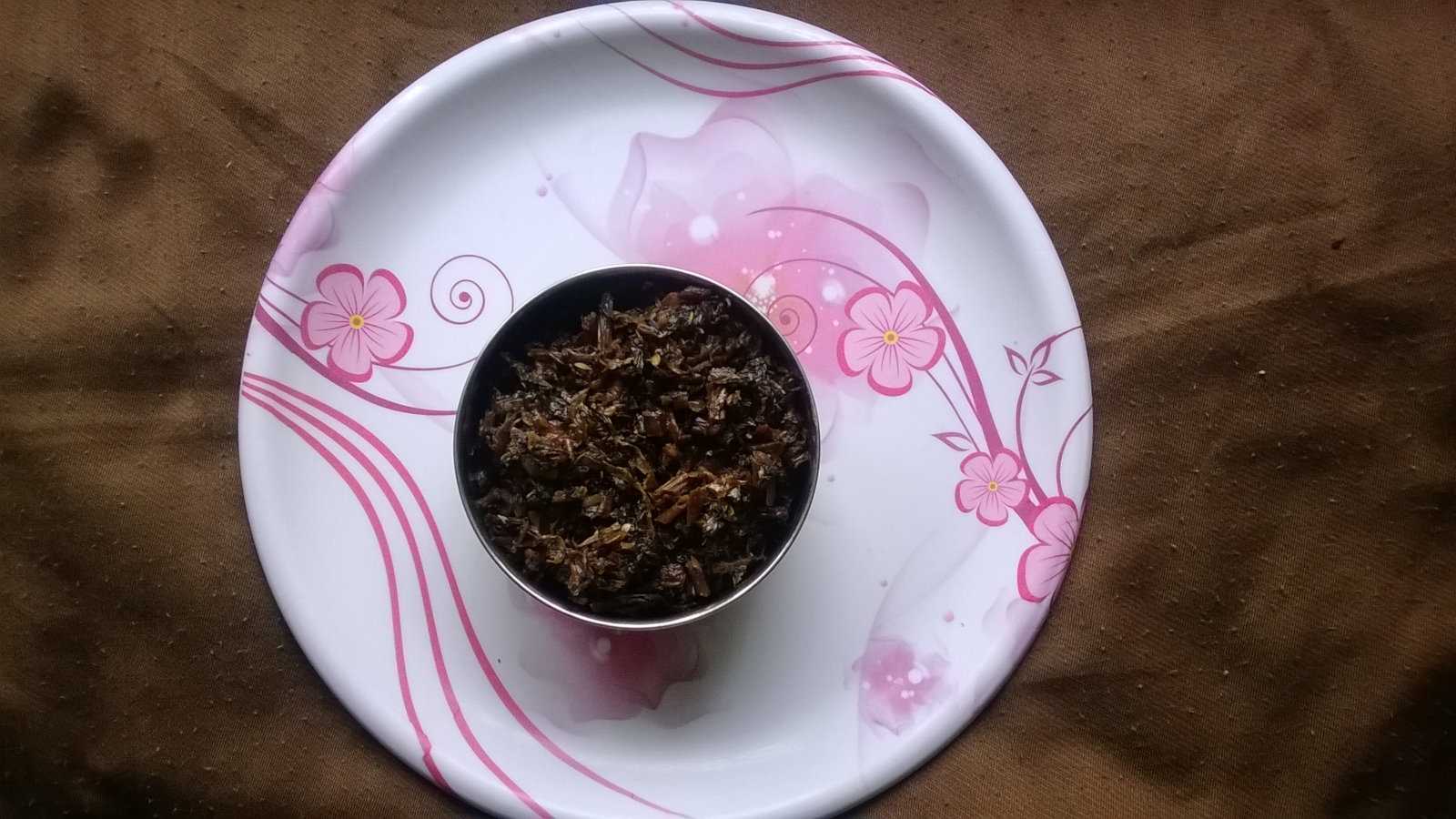
6. Kheer – Nepali rice pudding
Being served for breakfast while also being the star of the standard Nepali wedding ceremony? We have to stan a versatile queen like kheer!
If you’re even slightly similar to us and enjoy traditional European rice pudding, you will go gaga for the Nepali dish, kheer. Unlike those rice puddings you’re used to, this one will definitely pack a punch of flavor due to the addition of spices like cardamom and saffron. It’s also common for kheer to include distinctive toppings like coconut, pistachios, cashews, and dried fruits like raisins.
In our opinion, kheer perfectly rides that line between being sweet but not overly sweet. It always itches our urge to binge on our desserts! What we’re really trying to say here… Don’t be surprised if you catch us renewing our vows in Nepal for the sole purpose of swapping out slices of wedding cake for large bowls of this mouthwatering classic.
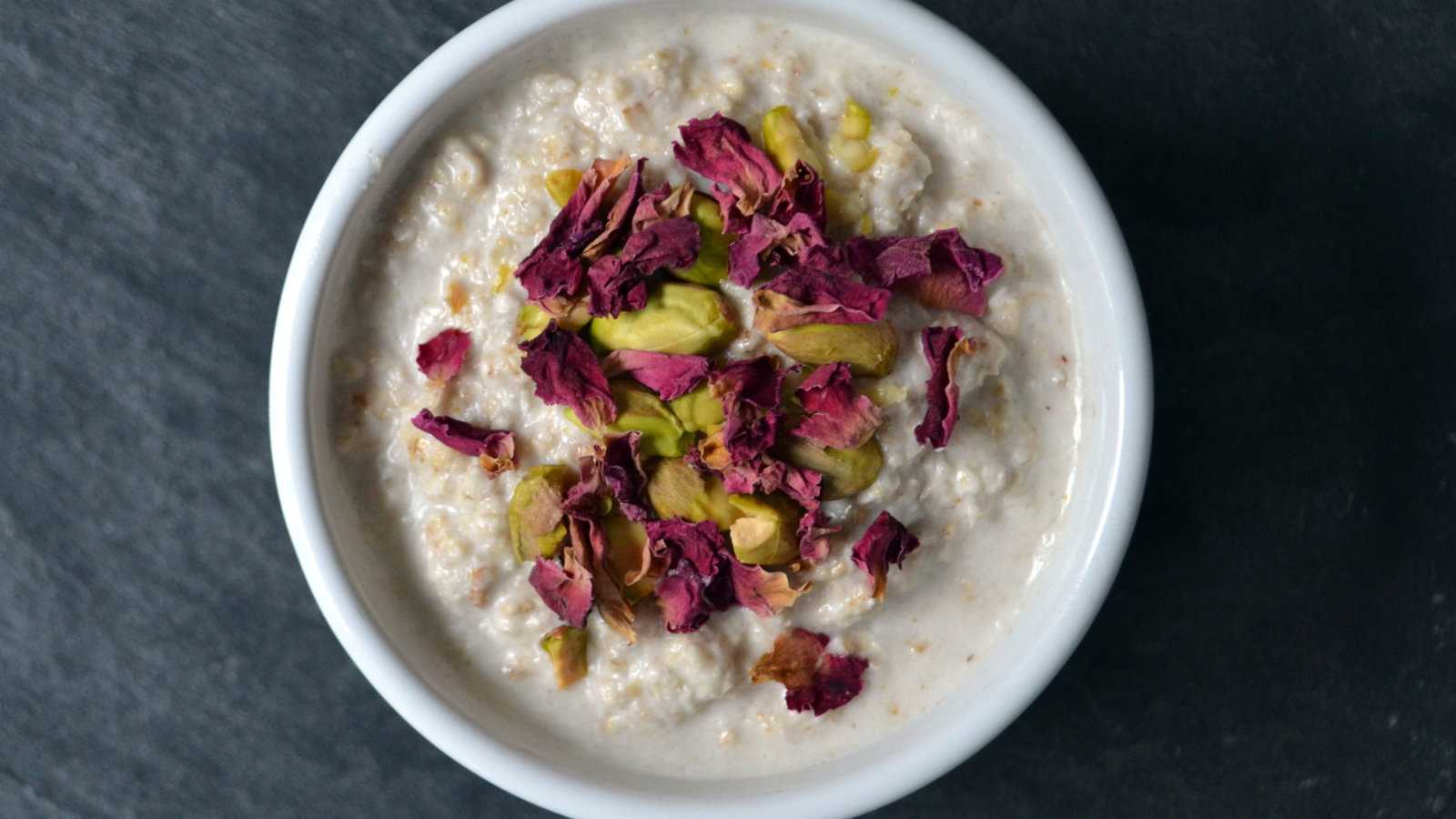
7. Yomari – sweet steamed dumplings
In Nepal, the Yomari Punhi festival celebrates the end of the rice harvest. It is held during the cold winter months, so naturally, there must be a way to combat those chilly mountain temperatures. That is where Nepali yomari dumplings come into play!
This rice dumpling is served warm and is carefully shaped to represent half of the shadkona – a six-pointed star made from two triangles. The star symbolizes wisdom, which, as we all should know by now, definitely comes with age. We can only presume that is why yomari are also used in birthday celebrations! Yomari garlands are worn around the neck, and they are carefully crafted to help celebrate a new year of life.
If we were kids growing up in Nepal, we would feel fortunate to have one of these sweet treats at any time of the year. Not only is the texture outstanding, but the gooey molasses filling is out of this world.
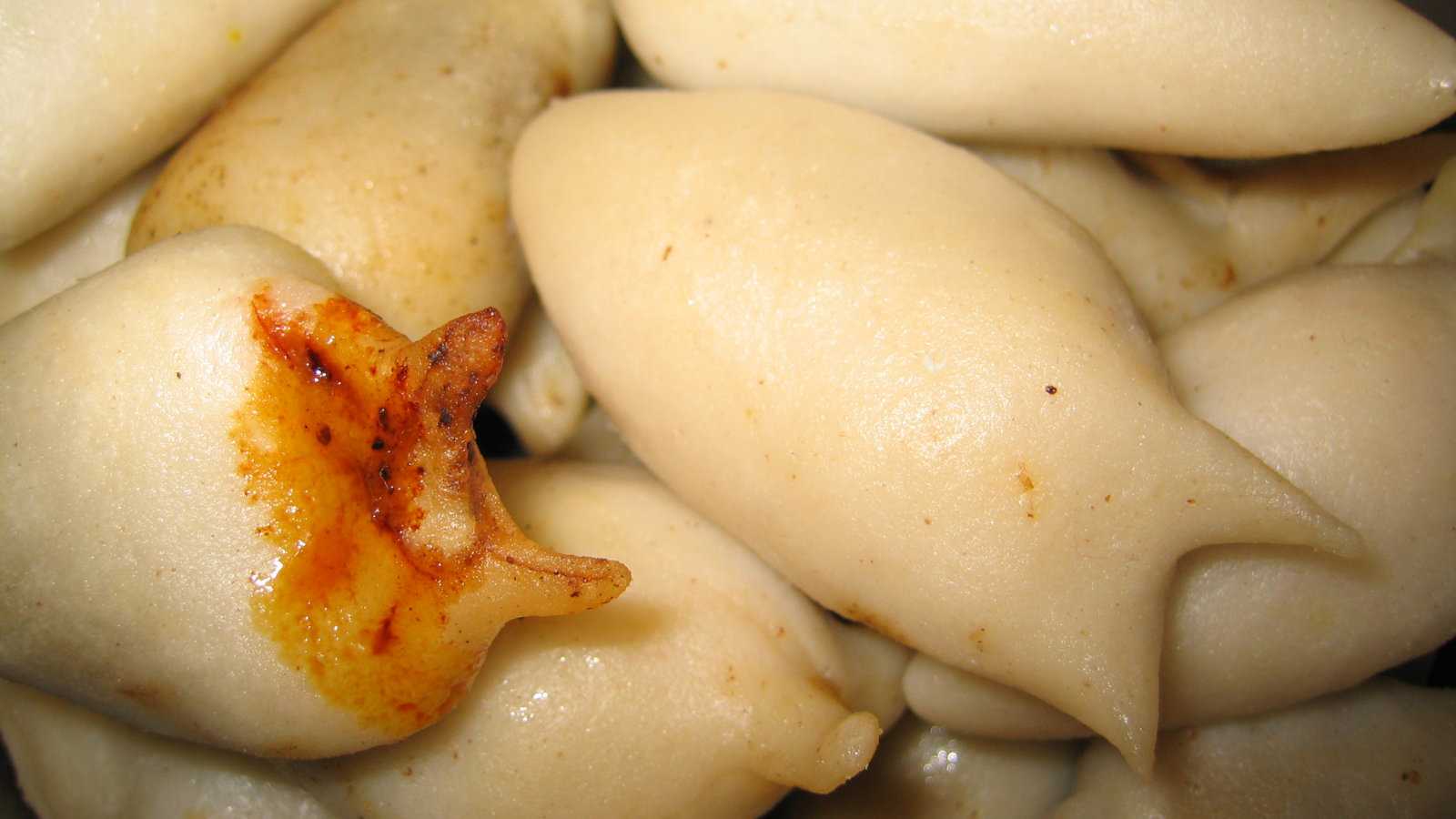
8. Bara – savory lentil pancakes
Breakfast is the most important meal of the day, but sometimes the offerings are just a little too sugary, right? Thank goodness for savory breakfast snacks like bara!
Bara is like a dream for those of us who crave a well-seasoned, healthy breakfast to get us started in the morning. These lentil pancakes are made from a thick paste that contains plenty of spices, including cumin, turmeric, and ginger. The consistency is nice and crispy on the outside, while the inside maintains a very soft, fluffy feel.
This dish can be served plain, but we personally love the variants that involve egg and minced meat. We also like to eat our bara alongside a wholesome buffalo soup. Besides finding them at restaurants, we learned that bara is a special dish served for ceremonies, birthdays, and weddings. It often represents good luck and fortune. We certainly felt lucky anytime this dish crossed our paths!
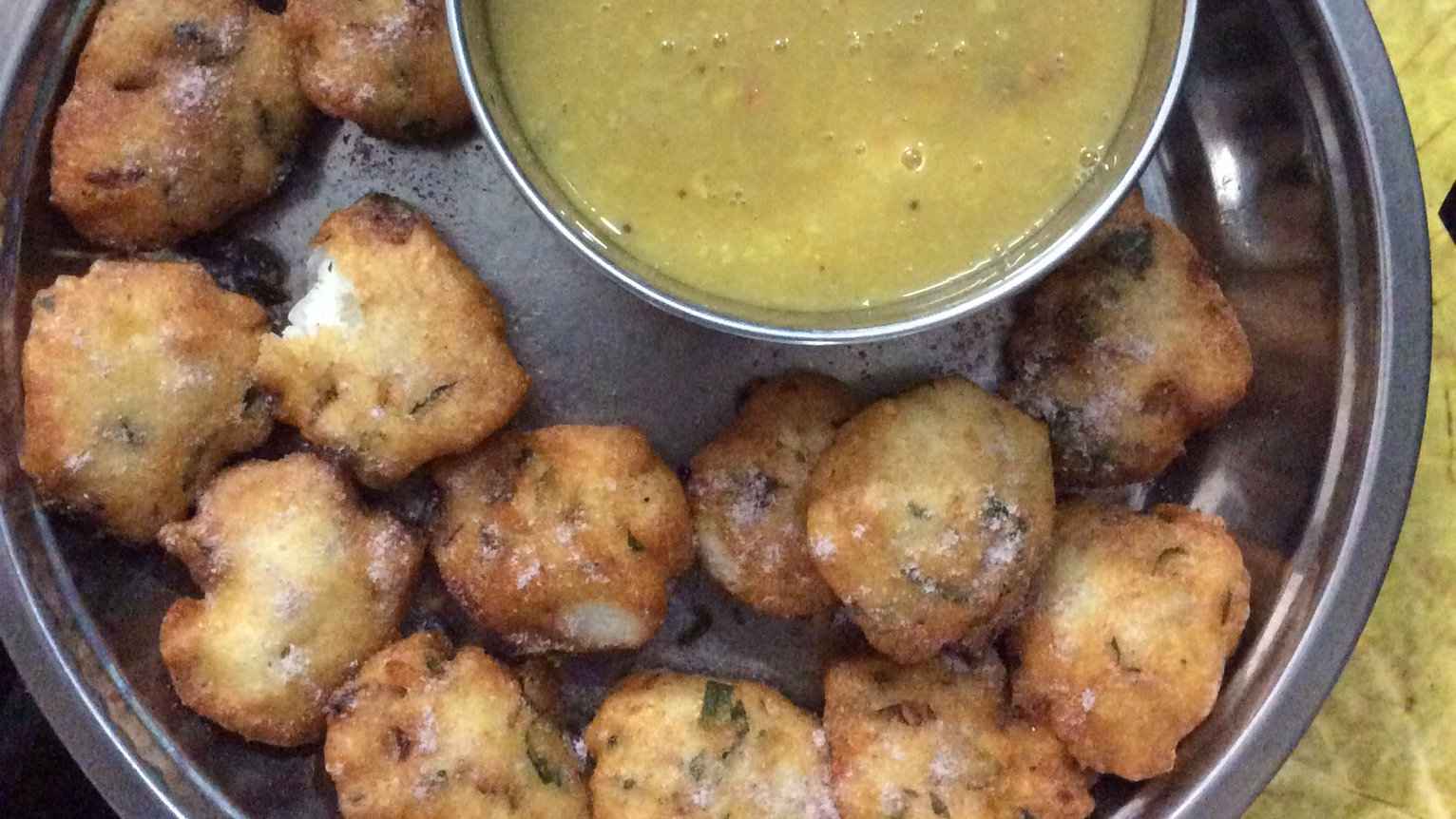
9. Chatamari – Nepali ‘pizza'
When the moon hits your eye like a big pizza pie – chatamari!
Okay, we can definitely acknowledge that chatamari isn’t precisely what you might call pizza, but it is the Nepali version. And we can assure you, this dish is more than worthy of being compared to that cheesy, carb-loaded delight we all adore. Rather than being offered as an actual meal, chatamari is more along the lines of a snack or an appetizer.
To make chatamari, chefs first start with rice flour to form the incredible crunchy crust. Then, naturally, comes the best part: toppings! Some days we liked to chow down on a breakfast-like chatamari, topped with cheese and egg. Other days, we leaned into a veggie style with tomato and onion. Alternatively, there were plenty of times we wanted to feast on a meaty pizza. Chatamari is quick, easy, and best of all – you can have it your way!
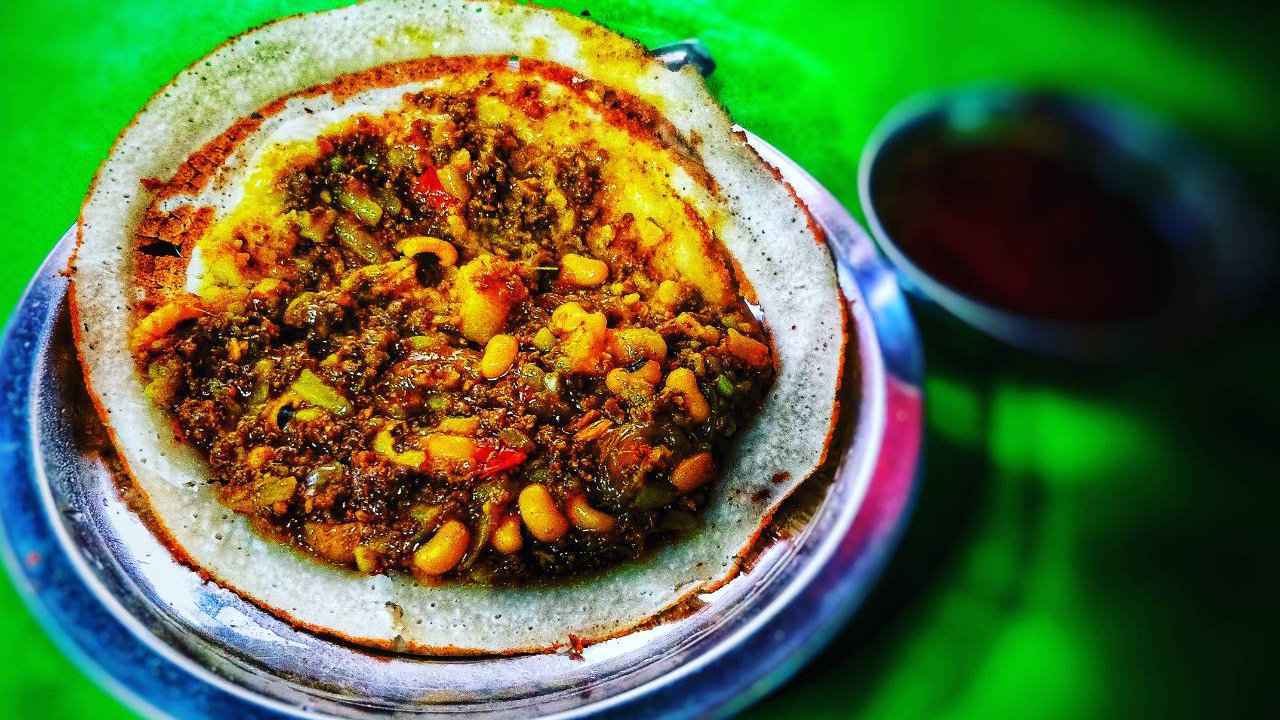
10. Aloo Bodi Tama – curry stew
As boys who can’t get enough of the beach, we don’t entirely enjoy cold winters. However, there is one thing that makes up for suffering through that chilly season… Soup!
Nepal has plenty of hearty curries and stews to warm up the body, but none really compare to aloo bodi tama. Not only is this soup completely vegan by design, but it is a fantastic dish that can be eaten in many different ways. While we are purists who liked this potato, bamboo, and black-eyed pea stew on its own, we certainly appreciated the option to eat it alongside various starches.
Aloo bodi tama is a spicy, hot concoction that we often enjoyed as a prerequisite to a larger dish. The plate is very balanced in terms of health and taste alike – almost to the point where we would have eaten it as a standalone meal if possible!
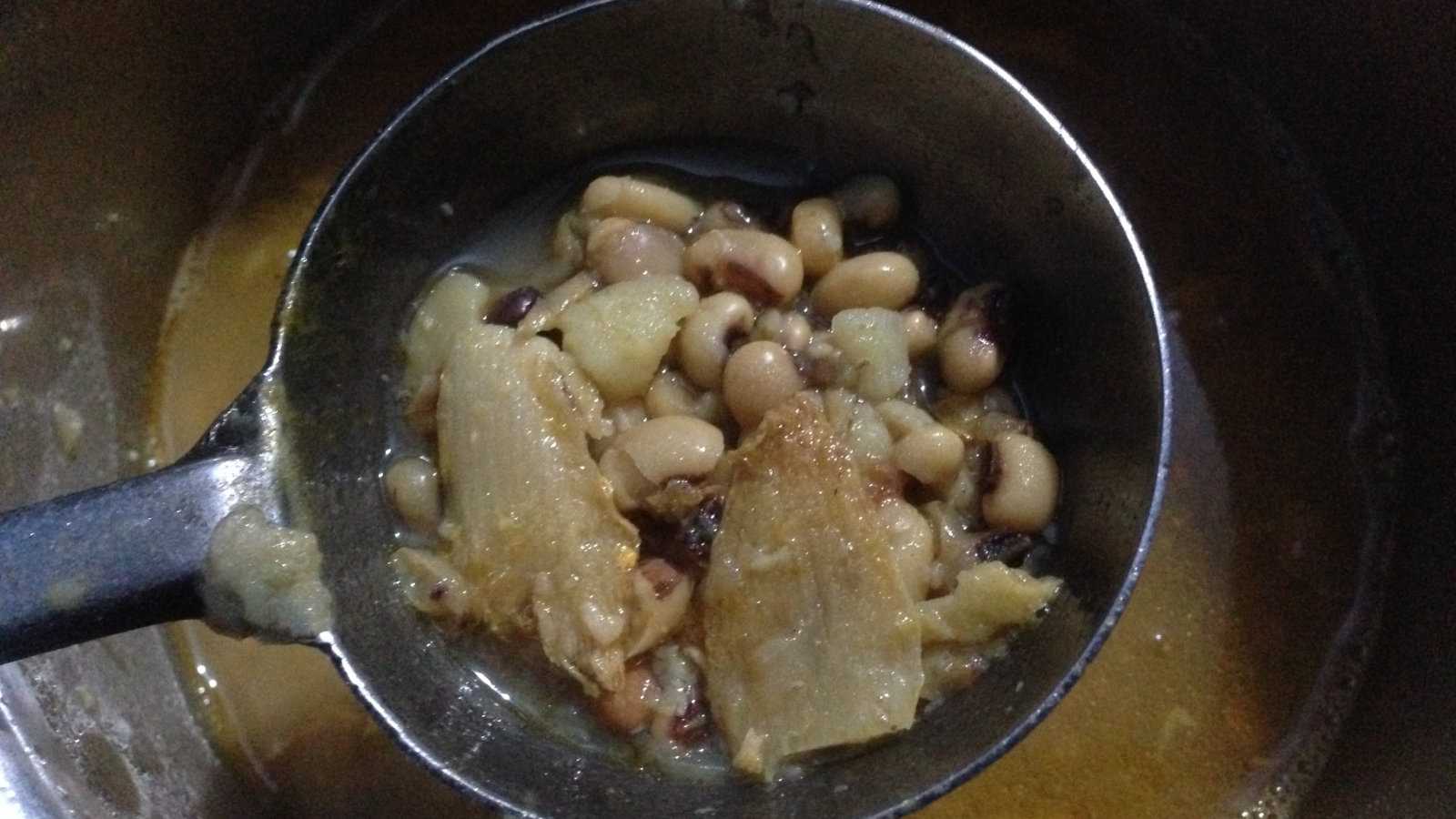
A deep-fried cookie? Um… Yes, please! We’ll sign up to taste one of those right now!
The Nepali khajuri might be considered nothing more than a sweet snack for some. Still, to others, it is primarily intended as a holy offering. Khajuri is made most often during the Chhath Parva and Tihar festivals, but it is possible to find them at any time.
This cookie is entrenched in Nepali flavor and tradition. It is crispy and buttery, and the process of making the treat takes an immense amount of time and effort. The entire cooking adventure begins with a dough ball being shaped into a patty that is ever so slightly curved. A unique wooden press is then used to create lines in the dough that stay present throughout its excursion into the fryer. We’re not always big fans of dessert, but we could honestly eat these all day long.
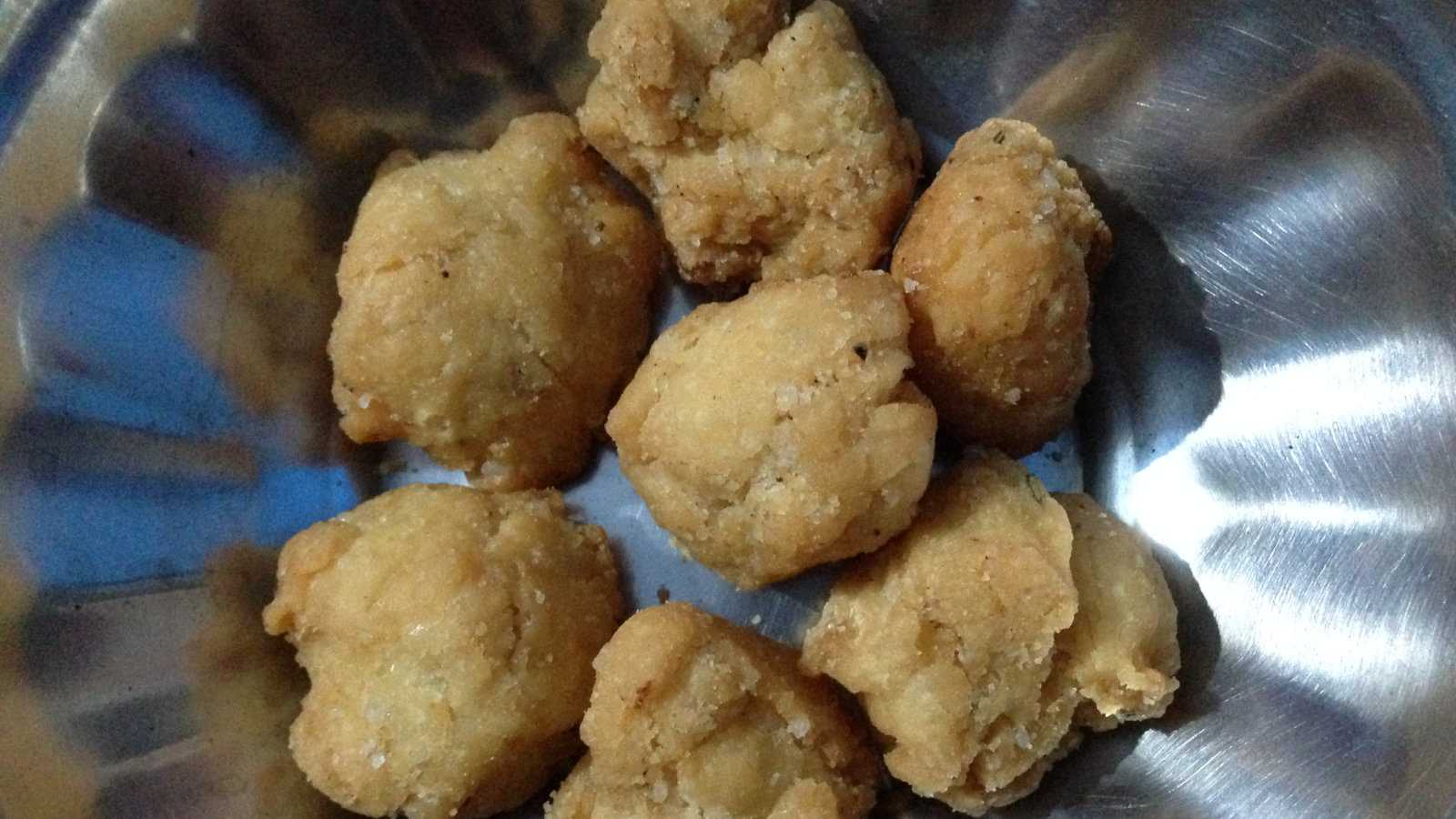
12. Thukpa: Tibetan noodle soup
Thukpa is a delicious noodle soup that originated in Tibet and then spread with Tibetan migrants to become a firm favorite in Nepal as well. It does make sense that such a warm and hearty soup came from the Himalayan region, since you definitely need plenty of soups to keep you warm up there!
We don't just mean that thukpa keeps you warm because of its temperature either because it's quite spicy, like most Nepali cuisine. Thukpa is traditionally made with boiled noodles and mutton or yak meat, although the recipe has evolved to include any kind of meat (or none) with vegetables as well as a spicy paste.
You can find thukpa being served in restaurants and roadside stalls alike, being dished up to warm cold trekkers or local residents. It's just as beloved by rich or poor because really, good food is good food no matter what, right?
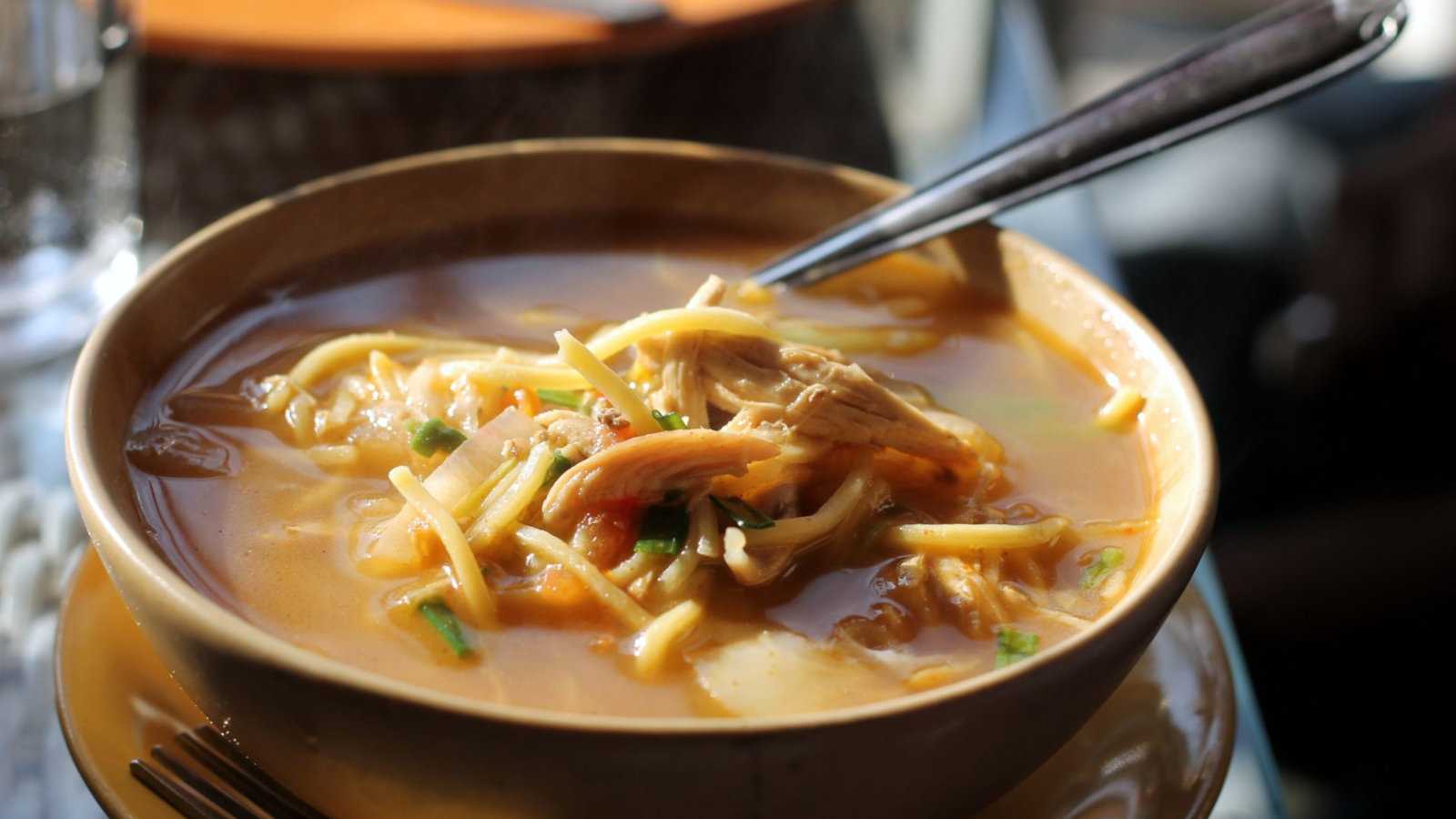
13. Kasaar: sweet wedding rice balls
Kasaar is a sweet dish that forms an important part of Nepali weddings. A Nepali wedding is a multi-day affair, and one entire day is set aside for making kasaar (the day even has a special name, Kasaar Batarne Din) which will be served to guests at the wedding.
These little balls are made from just three ingredients – rice, brown sugar and ghee. The rice is heated in a pan with ghee, then ground up into a powder and removed from the pan. Then the brown sugar is melted in the pan, the rice powder is added to it and removed from the heat. After that, it's all about shaping up lots of tight balls!
These balls are then served at the wedding, and are surprisingly tasty for something made with just three ingredients. So if you ever get to attend a Nepali wedding, make sure you try some.
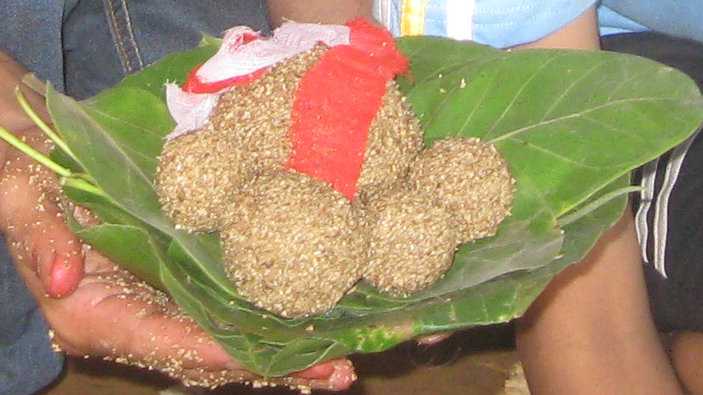
14. Samay Baji: traditional Newari food platter
The meal known as samay baji is a traditional dish that comes from the Newar people of Nepal who inhabit the Kathmandu valley. Samay baji is typically served during Newari festivals and celebrations as offerings to the gods. Once the gods have blessed the meal you can then eat it, so the foods that make up the platter are seen as bringing good luck, wealth, and health.
The platter is generally made up of beaten rice, bara (which we've already talked about), buffalo meat, an egg, black soybeans, spicy potato salad (more on that soon), ginger, boiled beans, green leaves and spices. However, the recipe does vary according to family traditions, so some things could be added or left out.
Like most Newari cuisine, samay baji is some of the most intense and delicious we tried in Nepal. If you are visiting the region and attend any sort of activity or celebration, you will get to try some local samay baji.

15. Choila: spicy grilled meat
The type of meat used most often in Newari samay baji is choila, a spicy grilled meat that was traditionally made using buffalo meat. Nowadays water buffalo, chicken or mutton are just as often used, as it's the marinade and cooking process that makes choila.
Traditionally, choila is cooked by grilling the meat over straw that came from rice or wheat. The distinctive HOT marinade is made with ginger, garlic, red & green chillies, turmeric, fenugreek, cumin and coriander. Whenever we caught a whiff of spicy choila grilling on the streets of Kathmandu we would instantly start salivating and searching for this delicacy!
Choila is usually served with a side of pounded rice, unless it's part of the samay baji meal which, of course, includes lots of other dishes. It can also pop up on a menu as an appetizer. No matter where you see it though, you should definitely try some.
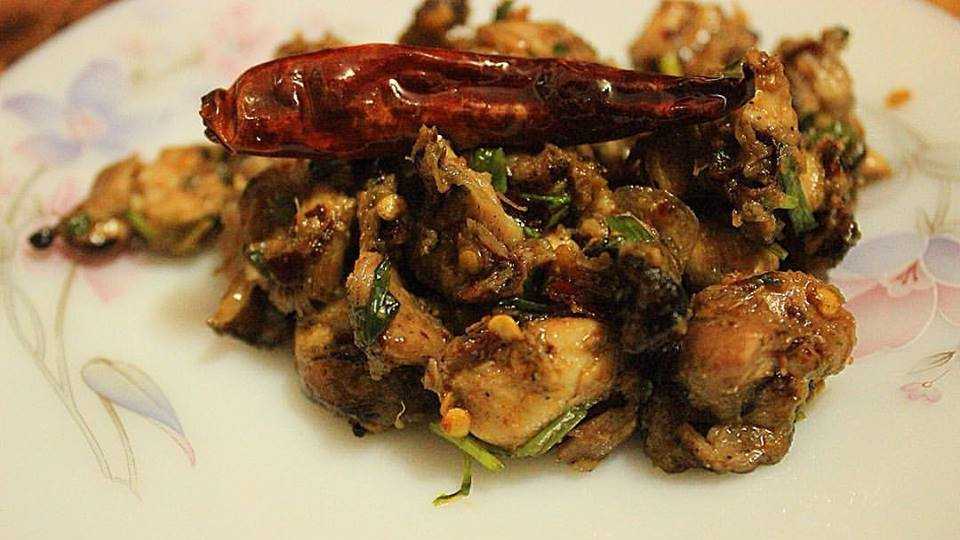
16. Kwati: mixed bean soup
We love a hearty soup and kwati is about as hearty as they come! This dish comes from the Newari people of Nepal as well, and is made using different types of sprouted beans. It's traditionally eaten during the Newari festival of Guni Punhi, when rice would run out and the inhabitants of the Kathmandu valley needed some other source of sustenance while planting new crops in shin-deep water.
While some people say that you need to use nine different kinds of beans, the original recipe just called for whatever was available. However, many recipes still list black gram, green gram, chickpea, field bean, soybean, field pea, garden pea, cowpea and rice bean as the accepted main ingredients. They're soaked in water for up to four days, until they start sprouting, and then boiled with spices to make the soup.
All we can add is “beans, beans are good for the heart…!”
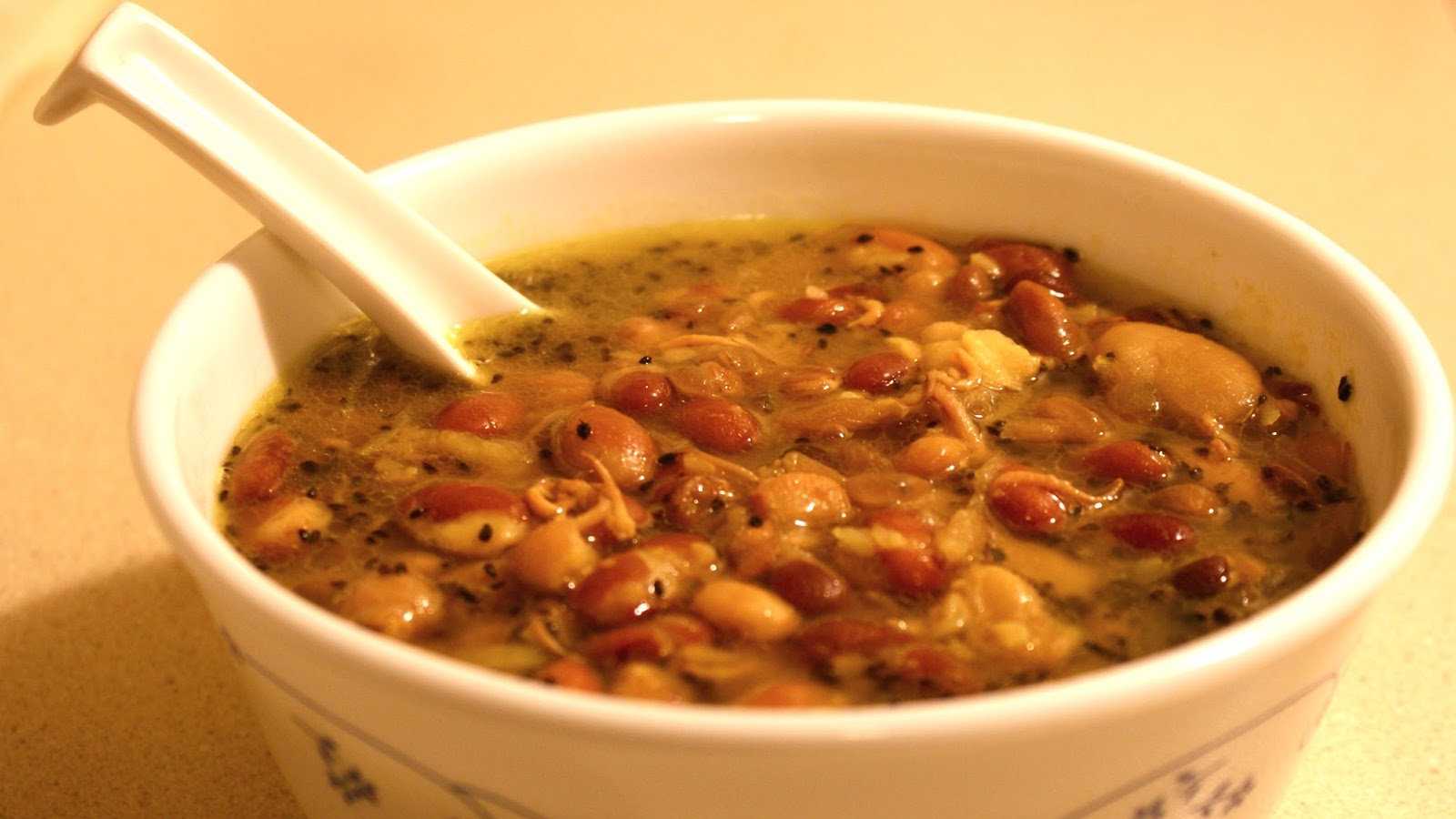
17. Sukuti: dried meat snack
Nepal's answer to beef jerky, sukuti is a dried meat dish that was traditionally made with buffalo meat but nowadays can be made from chicken, duck, lamb or goat as well. Buffalo was usually the meat of choice because the taste is close to beef, but many Nepali people don't eat beef for religious reasons.
Sukuti is made by drying meat over a fireplace for a few days then pounding it (tehe!) with a mixture of ginger, garlic, onion, cumin, chilli and tomato. The result is a spicy, chewy and delicious snack that we loved munching on while exploring Nepal. It was generally used as a source of protein during the leaner winter months, but in recent times has become more favored as a tasty snack.
Sometimes the sukuti is added into curries to be rehydrated and add some more flavor to the dish. You can find it at any streetfood stall or restaurant in Nepal.
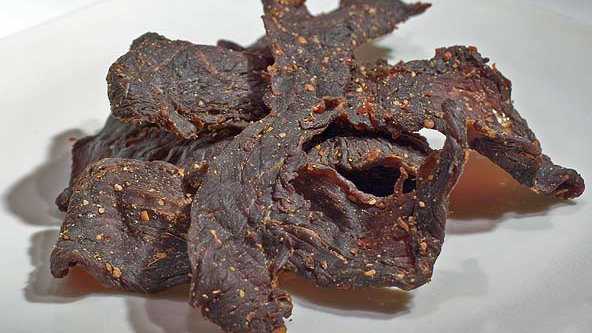
18. Aloo Sandheko: spicy potato salad
The Newari people of Nepal sure know how to make some delicious dishes! Aloo sandheko is another of their most mouth-watering creations – a spicy potato salad that's usually served cold and is simply divine.
Aloo sandheko is made by boiling potatoes, letting them cool and then cutting them up. Into the potatoes are then mixed red onions, ginger, garlic, tomatoes, lime juice and green chillies. Then some fenugreek and turmeric are cooked with mustard oil, before all being poured over the potatoes as dressing. Everything is then refrigerated for at least 20 minutes before serving so that the salad is good and cold.
The resulting dish is a taste explosion, nothing like your grandma's potato salad that's for sure! We definitely recommend trying some if you're in Nepal, or you could perhaps try your hand at making some for your next barbecue or dinner party? Your guests are sure to be impressed!
19. Sekuwa: marinated meat skewers
For the carnivores out there, here's another juicy meat dish from Nepal – sekuwa! Sekuwa is a very popular street food snack in Nepal, made by grilling marinated meat over an open flame. The meat is usually mutton, lamb, chicken, pork or goat while the marinade ingredients vary in different regions but are usually fresh herbs and spices.
While there are variations, the marinade is often made using onions, green onions, dill weed, garlic, ginger, red chillies and turmeric. This is also a type of food made in India, but the marinade spices will also be different there, often with more curry flavors.
There's a very popular and successful restaurant chain in Nepal (with restaurants in the US as well) called Bajeko Sekuwa which started out as one man selling sekuwa on the street outside Kathmandu's airport. We recommend trying it out but don't miss out on locals making it on the streets and taste some different recipes.
Read more travel adventures like this in our book!
We've published our very own gay travel book called, ‘Out in the World'. It has all our practical safety tips, first-hand advice, and travel stories from some of our favorite destinations.
We hope it inspires you to have a fun and safe trip!
Click on the book to order:

For more inspiration:
- Find out what life is like growing up gay in Nepal in our interview with local boy Tilak
- Read about our experience hiking Thorong La Pass on the Annapurna Circuit
- Use our gay travel guide to India when making plans to visit this incredible country
- Here's our guide on getting your Indian visa in Kathmandu
- Did you know India has the world's first openly gay prince – and we interviewed him!
- We also interviewed local boy Raj about gay life in Delhi
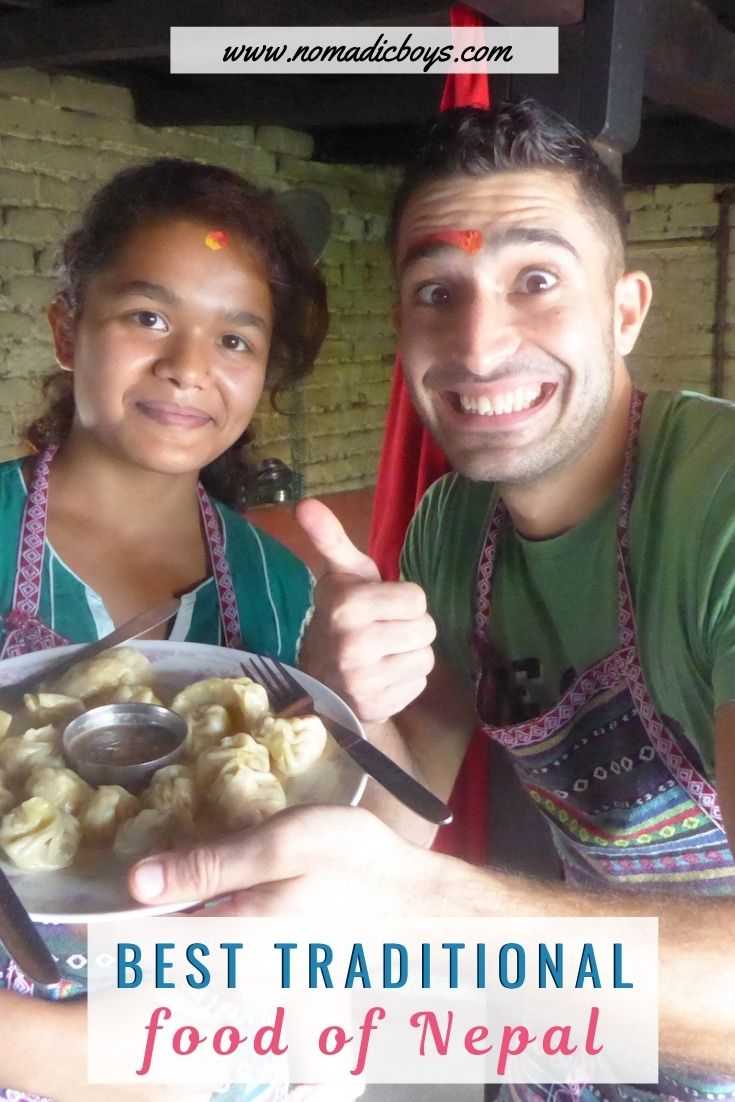

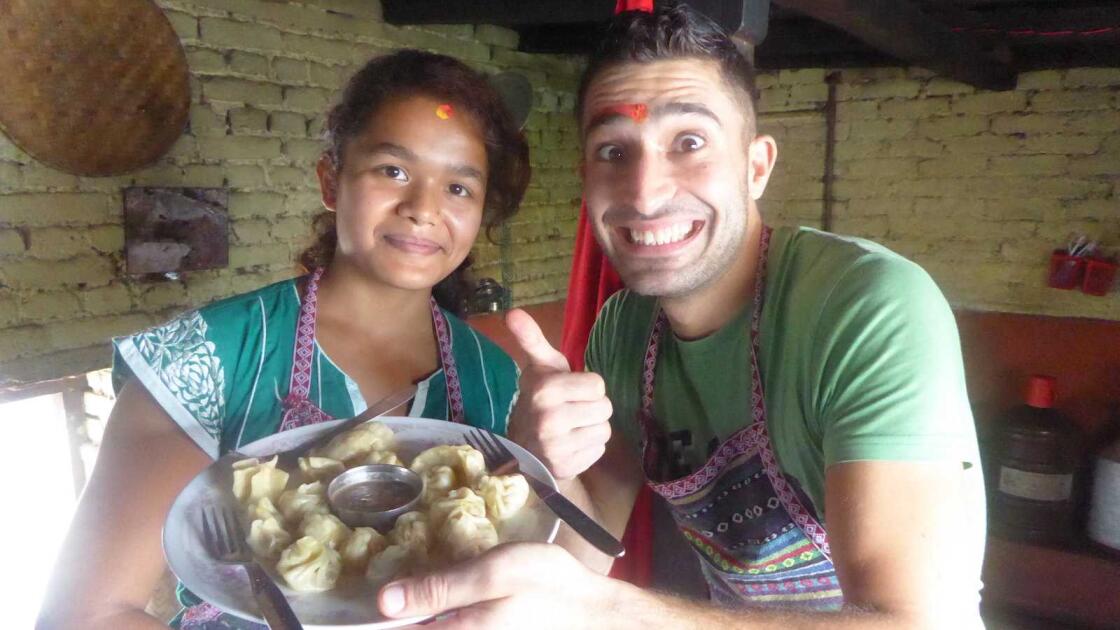
Shireen
Sunday 3rd of November 2019
Hi! This was very helpful for my project. But I have a confusion. I did not know what was fenugreek and I asked my mom what it was. But she told me that she had never heard of putting it in Sel Roti. I am still not sure what it is and whether or not to put in Sel Roti. Could you please tell me what it is in Nepali?
aakash
Thursday 25th of March 2021
@Shireen, fenugreek is mostly used in curry and pickle namely ' methi ' in nepali. YOU CAN NOW ASK YOUR MOTHER IF SHE USE 'METHI' IN HER KITCHEN OR NOT?
Stefan Arestis
Sunday 3rd of November 2019
Not sure if this helps, but on Wikipedia it says Fenugreek is: "Trigonella foenum-graecum) is an annual plant in the family Fabaceae, with leaves consisting of three small obovate to oblong leaflets".
Bibek Adhikari
Saturday 21st of September 2019
Hi Sebastien,
Just stumbled upon your article on Nepalese Sel Roti. Hey, you know more now about making a Sel roti. I am from Nepal and I have no Idea how you make it. the most challenging part is to make it round and perfect. Can you make it round?
Great insight on one of the mandatory Diwali food.
Keep on the good work.
Cheers:)
Stefan Arestis
Saturday 21st of September 2019
Thanks Bibek!
Thursday 13th of October 2016
4.5